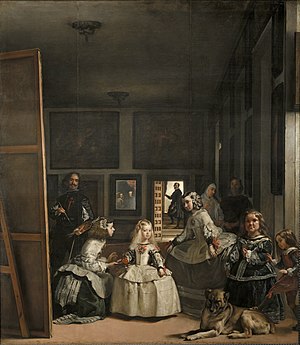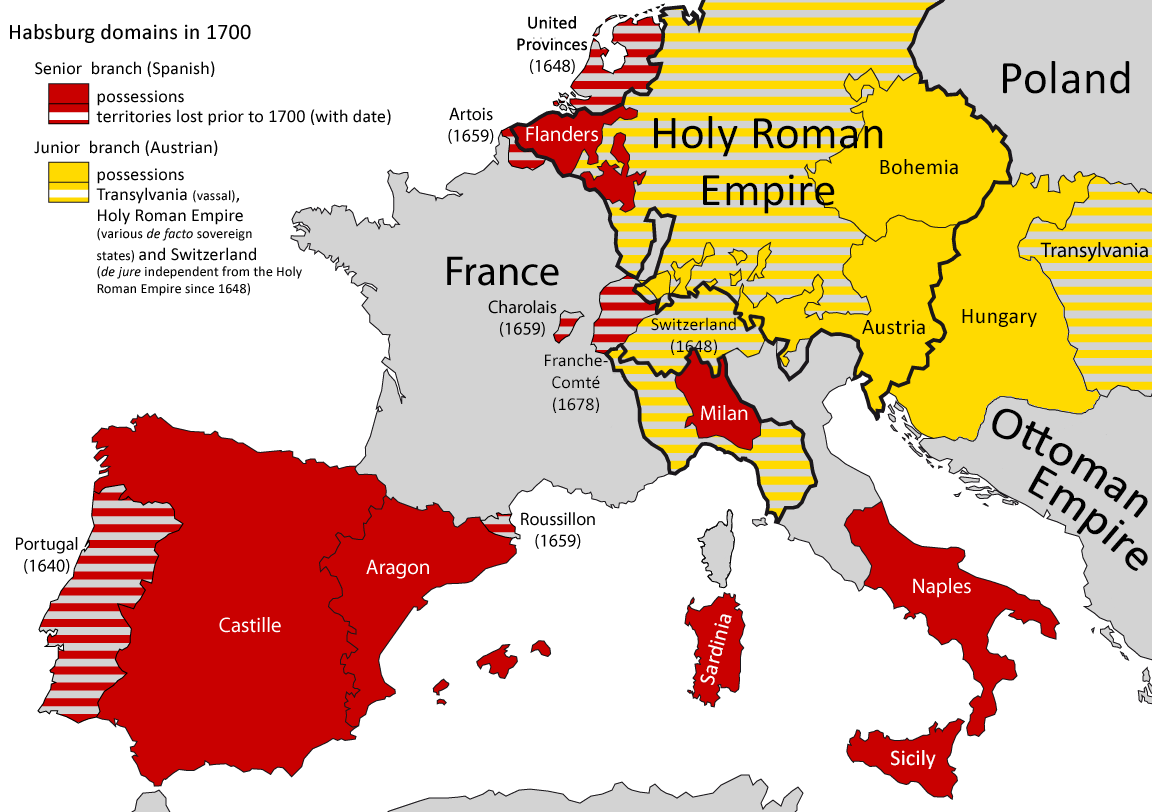1.1 PINTURAS DEL BARROCO La pintura barroca española es aquella realizada a lo largo del siglo XVII y primera mitad del siglo XVIII en España. La reacción frente a la belleza en exceso idealizada y las distorsiones manieristas,
presente en la pintura de comienzos de siglo, perseguirá, ante todo, la
verosimilitud para hacer fácil la comprensión de lo narrado, sin
pérdida del «decoro» de acuerdo con las demandas de la iglesia contrarreformista. La introducción, poco después de 1610, de los modelos naturalistas propios del caravaggismo italiano, con la iluminación tenebrista,
determinará el estilo dominante en la pintura española de la primera
mitad del siglo.
Más adelante llegarán las influencias del barroco flamenco debido al mandato que se ejerce en la zona, pero no tanto a consecuencia de la llegada de Rubens
a España, donde se encuentra en 1603 y 1628, como por la afluencia
masiva de sus obras, junto con las de sus discípulos, que tiene lugar a
partir de 1638. Su influencia, sin embargo, se verá matizada por la del
viejo Tiziano y su técnica de pincelada suelta y factura deshecha sin la que no podría explicarse la obra de Velázquez.
El pleno barroco de la segunda mitad del siglo, con su vitalidad e
inventiva, será el resultado de conjugar las influencias flamencas con
las nuevas corrientes que vienen de Italia con la llegada de los
decoradores al fresco Mitelli y Colonna en 1658 y la de Luca Giordano en 1692. A pesar de la crisis general que afectó de forma especialmente grave a España, esta época es conocida como el Siglo de Oro de la pintura española, por la gran cantidad, calidad y originalidad de figuras de primera fila que produjo.
1.2 ESCULTURAS DEL BARROCO
La temática tratada es casi exclusivamente religiosa, para iglesias, conventos y para las procesiones de Semana Santa.
Sólo en el ámbito de la Corte se realiza la escultura monumental. Los
temas mitológicos y profanos están ausentes. También se realizan
retablos, donde aparecen figuras exentas y en bajorrelieve. Destaca con mucho la imaginería,
siendo el material más utilizado la madera, siguiendo la tradición
hispana. En estas obras se utiliza la técnica del estofado y la
policromía. Se procura una gran verosimilitud, calificada habitualmente
de "realismo" o "naturalismo"; las imágenes aparecen con todo tipo de
postizos, cabello natural, ojos y lágrimas de cristal y ricas vestiduras
de tela real. La finalidad de estas esculturas es provocar una profunda
emoción religiosa en el espectador.
En la escultura barroca española se distinguen dos escuelas principales, la escuela andaluza y la escuela castellana.
En la escuela castellana, centrada en Valladolid y Madrid, se
presenta una escultura tremendamente realista, cuyas señas de identidad
son la talla completa, el dolor y la crueldad con abundancia de sangre,
profundo dinamismo, caricaturización de los personajes malvados, intenso
modelado y unos rostros con fuerte expresividad. Escultores de esta
escuela son Francisco del Rincón, el gallego Gregorio Fernández (1576-1636), Juan de Ávila, su hijo Pedro de Ávila, Luis Salvador Carmona (todos ellos pertenecientes al ámbito vallisoletano) y Juan Sánchez Barba (que trabajó en Madrid).
En cambio, en la escuela andaluza, con focos en Sevilla (escuela sevillana), Granada (escuela granadina) y Málaga (escuela malagueña),
se huye de la exageración, la idealización, predomina la serenidad y
las imágenes bellas y equilibradas con un modelado suave. Los grandes
escultores de esta escuela son Juan Martínez Montañés, Alonso Cano, Pedro de Mena, Fernando Ortiz, José de Mora, Pedro Roldán, su hija Luisa Roldán (la Roldana), Juan de Mesa, José Risueño, Bernardo de Mora, Andrés de Carvajal y Pedro Duque y Cornejo.


REALIZADO POR: MAXI VERJANO SANTIAGO
Y MANUEL SAYAGO JARAMILLO







